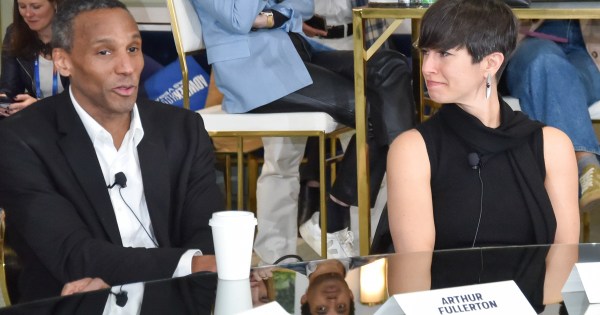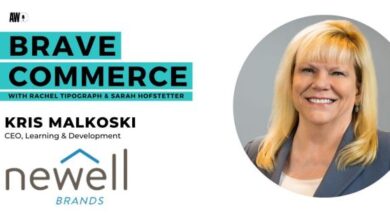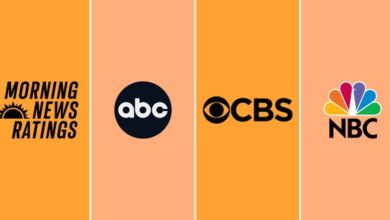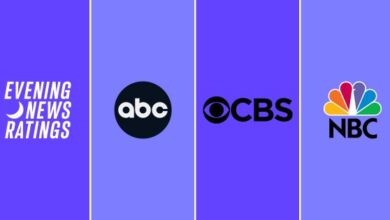How Advertisers Can Tap into a $175 Billion Opportunity by Moving Away From Walled Gardens

This article was created in partnership with Outbrain
Consumers are moving away from “walled gardens” like Google and Meta and toward the vast, open Internet landscape of streaming, audio and information platforms. Advertisers who follow them can unlock a $175 billion opportunity.
To achieve this, publishers will need to “break down the walls” that prevent brands from harnessing the potential of the open internet, an all-star panel discussion at an ADWEEK House event co-hosted by Outbrain at CES 2025 revealed in Las Vegas this month.
“I think there is a fundamental problem holding back the open Internet. And that question is attribution,” Matthew Scott Goldstein, an independent analyst, said at the meeting. “Targeting is pretty simple, but if you can’t measure and attribute, ad dollars will continue to decline.” Amazon and Google, the two largest walled gardens, “have their own built-in measurement. They are like batters who call their own balls and strikes.”
Because the open Internet still has a tinge of the “Wild West,” publishers also need to change the perception that walled gardens are the only “bastions of trust and security” for brands, said Danielle Betras, vice-president. president of partnerships and portfolio development at The New. York Times.
“We did some research. Stagwell did some research. And we found that brand safety is not affected in even the hardest news,” she said. “It’s the same impact as when you show up in a sport. I feel like as an industry we have the data and we have a rational perspective on it. What we don’t have yet is the support or even just the courage from advertisers and brands to act on it and behave differently about it.
Publishers on the open Internet should start responding with their own metrics, such as attention, said Stephanie Mehta, CEO of Mansueto Ventures. “Walled gardens do an incredible job of maximizing impressions. But the majority of our Product Council, which includes brands and agencies across categories, told us they are developing attention strategies for 2025. So we’re offering an easy-to-measure attention metric. Attention is something that high-quality content can demand.
David Kostman, CEO of Outbrain, agrees. “Attention is a great way to measure incremental value. There is no doubt in my mind that a person is more attentive when they have authentic trust. Regardless of your political side, when you spend time reading something, the attention indicators are excellent. This is something that traditional publishers do very well. Again, this won’t solve the attribution question, but it’s a way to show value. »
For marketers willing to take the plunge, the open internet also offers “authenticity, trust, more freedom and more space for innovation,” said Chloé Depiesse, head of Havas Innovation Lab at Havas. “With walled gardens, you respect their rules and their advertising formats. If you’re lucky, you’re part of an alpha or beta program. But with the open Internet, the world is your oyster. You can talk to the platform, talk to the publisher, and create a new type of experience.
Platforms and publishers should also amplify how brands can leverage the added value of the open internet, said Richard Hartell, CEO of EssenceMediacom US for North America.
“Ask marketers, ‘What don’t you get from walled gardens?’ Maybe you can’t necessarily get reliable brand context that fits your brand, or certain parts of utility and functionality that don’t exist,” he said. “As a publisher, I can say, ‘Hey, agency people, there may be measurement and attribution issues, but I can give you innovation that you can’t get on Facebook or Google or Amazon.”



